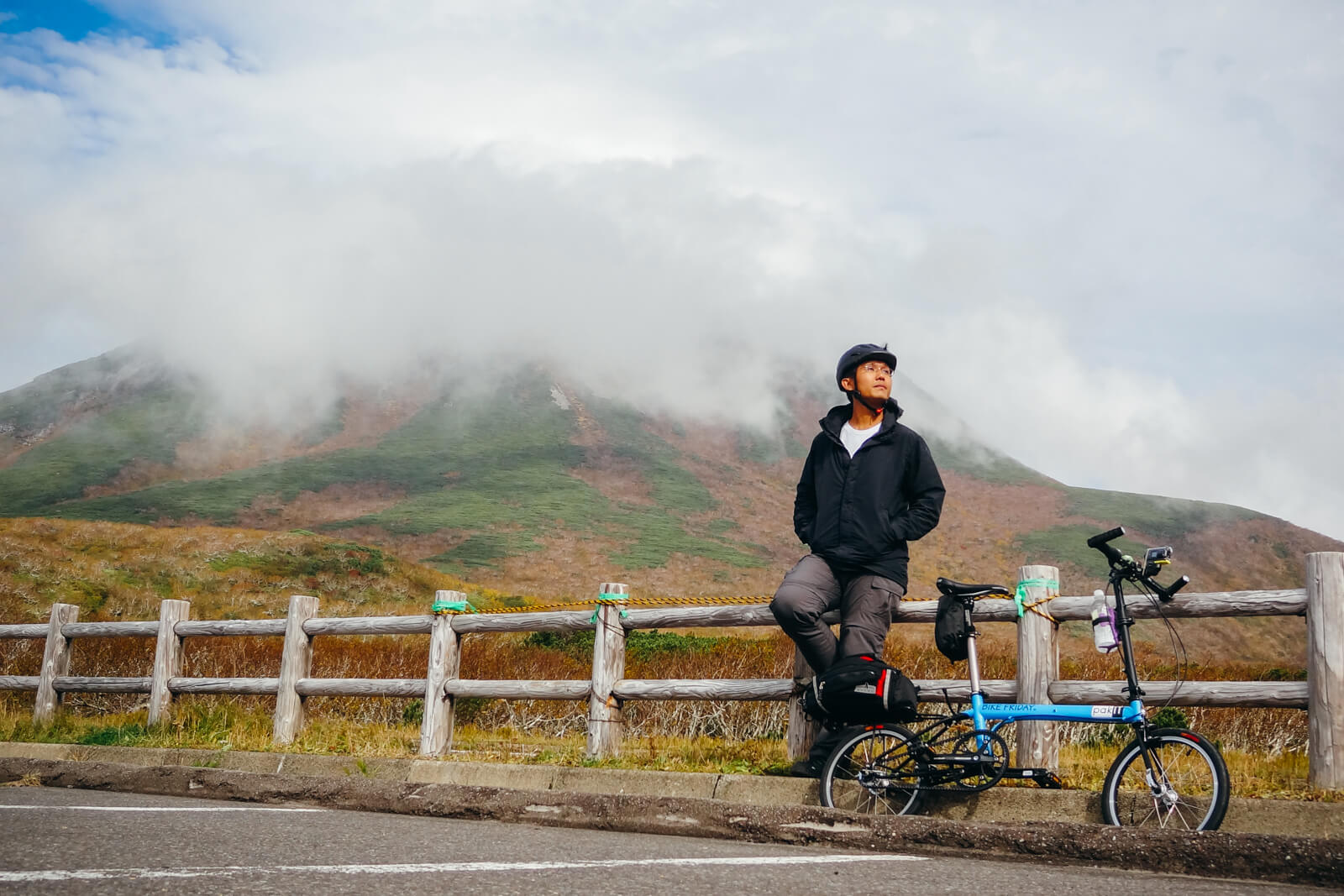 pakiT to Shiretoko
pakiT to Shiretoko
By: Aaron Lin
I have done some solo bike tours with my Bike Friday tikit and taken it with me on some unique trips including Taiwan, Tasmania, & Iceland. These trips helped me realize how a high-performing, folding bicycle can be liberating and allow me the freedom to enjoy the wonders of creation. I am thankful to be able to own the successor to the Tikit, the new Bike Friday pakIT. One of the things that intrigued me about this new bicycle is how much lighter it is compared to the Tikit. Most importantly, being a belt-driven model helps in packing the bicycle for travel, no more greasy chains! While the Brompton still excels in the aspect of its size when folded, folding the pakIT while traveling is much quicker and easier, as well as much lighter than the Brompton. After many test rides with the pakiT, I must say the quality of the ride is the signature “Bike Friday Ride”! Think of it as a mini Bike Friday Pocket Rocket or a mini roadie. I am someone who personally loves to travel to Japan and have done some backpacking trips, photography trips, and even a short ride with a Brompton from Fukuoka to Hiroshima. I have been to Hokkaido, Japan, a few times but never the northeastern part known as Shiretoko, a UNESCO heritage site. Shiretoko is well known for its beautiful forests and mountain scenery, and if you’re lucky, you might even spot Ezo Bears!
In October of 2017, I had a short window to do a simple bike tour and I booked my air tickets just a half-day before my flight. I decided that the pakIT would be the bicycle to pack for the trip, and scrambled to pack the pakIT into a soft bag actually meant for the Brompton. It’s an interesting bag to use and it even accommodated my Bike Friday Tikit during my Tasmania trip. October is also a good time to experience the Autumn colors in Hokkaido. The aim was to explore Shiretoko and ride through three major mountain road passes. One is 700m, Shiretoko Pass, with the second being a 600m pass to Lake Mashu and the third being about a 500m high pass named Bihoro. This will be the second time I have utilized the pakIT for an overseas ride. My first trip to Athens & Santorini with the pakiT prepared me well for this Hokkaido expedition. Will be an interesting challenge to see how the pakIT holds up. I was excited to test it on the climbing portions despite it being a commuter bike equipped with a Sturmey Archer 3-speed drivetrain.

I flew from Singapore to Tokyo and transferred to a domestic flight towards Memanbetsu Airport. Once there, I boarded the bus bound for Abashiri, Hokkaido, all with a soft bag meant for the Brompton, but with a pakIT inside! The pakiT was protected in the soft case with the packing materials supplied by Bike Friday. For added protection, I put my pedals in socks learning from my many flights for overseas trips.
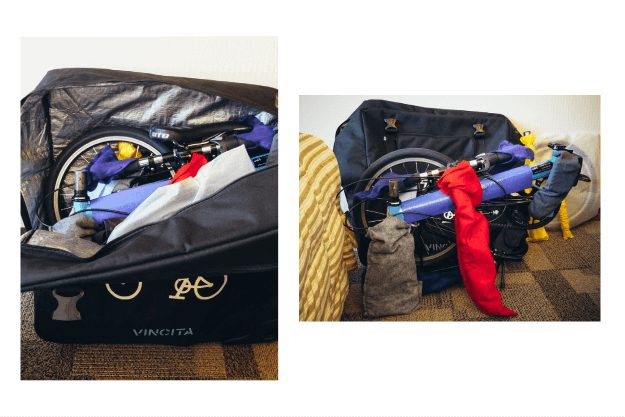
Day 1 Abashiri – Lake Notoro:
During the flight to Hokkaido, I met a teacher from Singapore who was bringing his students to explore the northeastern part of Hokkaido as well. He shared with me that there’s a Lake, Lake Notoro, that is filled with lakeside fields of red glasswort during this autumn season in Hokkaido. Upon landing in my Hotel in Abashiri in mid-afternoon, I quickly got the pakIT built up in less than 15 minutes and rode about 13km to Lake Notoro. Truly, I was greeted with a beautiful sight of a lake blanketed in red. I took some time to explore the area using the boardwalk and the rest of the day was spent at the hotel getting myself ready for the next few days of riding 500+km, exploring the northeastern side of Hokkaido.
Day 2 Abashiri – Utoro:
My aim for the second day was to reach the town of Utoro, where I would stay for two nights at a hostel, followed by a short trek in Shiretoko. My bag of choice is the trusted Arkel Tailrider, which fits perfectly on the pakIT rear rack. I also carried a light 20-liter backpack from, Decathlon, for some additional storage space. To me, Hokkaido is comprised of vast stretches of countryside and land. There aren’t many cars on the road and Japanese drivers are friendly and keep a safe distance from cyclists. The day’s trip started from Abashiri, cycling along the coast on well-paved roads, overlooking the Sea of Okhotsk, to my destination, the town of Utoro. It’s nice to wander on the smaller roads at times, experiencing some of the more quiet and scenic farmlands.
I enjoy visiting the Japanese train stations that are along this coastal road with their wooden charm and character. I reached the town of Utoro during sunset and witnessed the incredible sight of the Shiretoko mountain range. I was yearning for so long to explore, and here I am, basked in the purple hues of sunset highlighting the mountain peaks! Below the mountain range sits the town of Utoro where I will be spending two nights in a hostel. Thankfully I was able to squeeze the folded pakiT into the dormitory room just beside my bed. One thing to note about the hostels in Hokkaido is their cleanliness and attention to comfort. It was a cold autumn ride, and what better way to end my day than by enjoying a Japanese onsen in my hostel!
Day 3 Utoro – Shiretoko Goko Lakes:
My day consists of a 30km round trip adventure, cycling up the mountainous roads to explore the natural beauty of Shiretoko. There are 5 natural lakes in the Shiretoko area (Shiretoko Goko Lakes). A short 10min lecture by the park’s staff is required before you can explore the area in the event you run into any Ezo bears (no bears were spotted during my trek). Thankfully for me, the weather was good and I spent two hours discovering the tranquility of the lakes and it’s surrounding nature. Cycling in Hokkaido can present close encounters with other animal inhabitants. Dear are fairly common to come across and I was presented with two of them nearby. I also had a close encounter with an Ezo fox while riding.
Day 4 Shiretoko Pass – Rausu – Shibetsu:
The next day was a major push up the Shiretoko mountain pass, the highest elevation being 700+m above sea level. It’s a 15km climb before a descent for another 15km to the town of Rausu. To my surprise, the pakIT climbed well and I was comfortable with the three speeds afforded by my hub. As I rose higher in the mountains, the autumn colors were an incredible sight. The experience of cycling on this mountain road was just beautiful. I couldn’t help but stop and take a hero shot with one of the highest peaks in the backdrop, Mt Rausu. It was cold at the mountain top and I was told to check out a free public Japanese onsen when I reach the foot of the mountains. Onsen is something new for me. You are literally naked and soaking in an open space, only shielded from others by trees. It’s quite fun, actually, since it’s common in Japan and many others were inside soaking.
Day 5 to 6 Shibetsu – Lake Mashu – Lake Kussharo:
Hokkaido is well known for its dairy products. I happened to have breakfast at a rest stop and was surprised to get a JUMBO cup of milk! I followed breakfast by cycling through farmland inhabited by cows in Betsukai. This lead to the next major climb up to Lake Mashu, a place I had visited back in 2013. It was unfortunate that it was raining and the entire view of the lake was covered by fog. Nonetheless, I must say, I was able to handle the steep ascent and the H-bars on my pakIT really helped on the climbs as well. I reached the peak at approximately 600+m and once again enjoyed the colorful autumn foliage. The descent led me to Lake Kussharo, another place I’ve visited before. The rain had finally stopped and I was able to enjoy Lake Kussharo in the Autumn season (my last trip was during the winter season). I then proceeded to stay in one of the best Youth Hostels that Hokkaido has to offer, Kussharo Genya Youth Hostel. One thing I enjoyed about the stay here, besides the cleanliness and pricing, is the very homely feel, nice decor, and wonderful food served in the hostel.
Day 7-9 Lake Kussharo – Bihoro Pass – Kitami – Abashiri:
The third and final mountain stretch was Bihoro pass. At approximately 500+m above sea level, I have seen it in many Japanese travel books. I wouldn’t say it’s a super tough ride, maybe because the pakiT is lighter than my Tikit, and I had an overall lighter setup for this trip. I was able to utilize the second gear of the three-speed hub for most of this mountain pass. The star attraction of this pass is the view of Lake Kussharo from the top of the mountain pass, in all its glory. Occasionally, the wind, rain, and cold dampened my spirits during the climb, but it was all worth it! Following the descent from Bihoro pass, I made my way towards Kitami and eventually ended my trip back at my starting point of Abashiri. I accumulated a distance of 570km and an elevation gain of 5700m for this North Eastern
Hokkaido cycling trip. I traveled from October 4-12, all on the Bike Friday pakiT. The pakiT held up well for light touring and the choice of Primo Comet tires helped to absorb the vibrations from the road. Thankfully I didn’t encounter any tire punctures or any mechanical errors along the way. I plan to go back someday, exploring further, the many unique places Japan has to offer.
Learn more about the Bike Friday pakiT!
Note from the Factory:
The Bike Friday pakiT was designed by Alan Scholz as a multi-modal urban commuter bike to solve the last mile problem in daily city life. He did not plan to have the bike turn into a touring bike as Aaron Lin has used it here. We always design for a high quality ride and versatility but we caution you to keep in mind the original design purpose of the bike when you plan your adventures. The pakiT is not intended to carry a lot of luggage however you can ride it as far as you like!
Happy Adventuring!

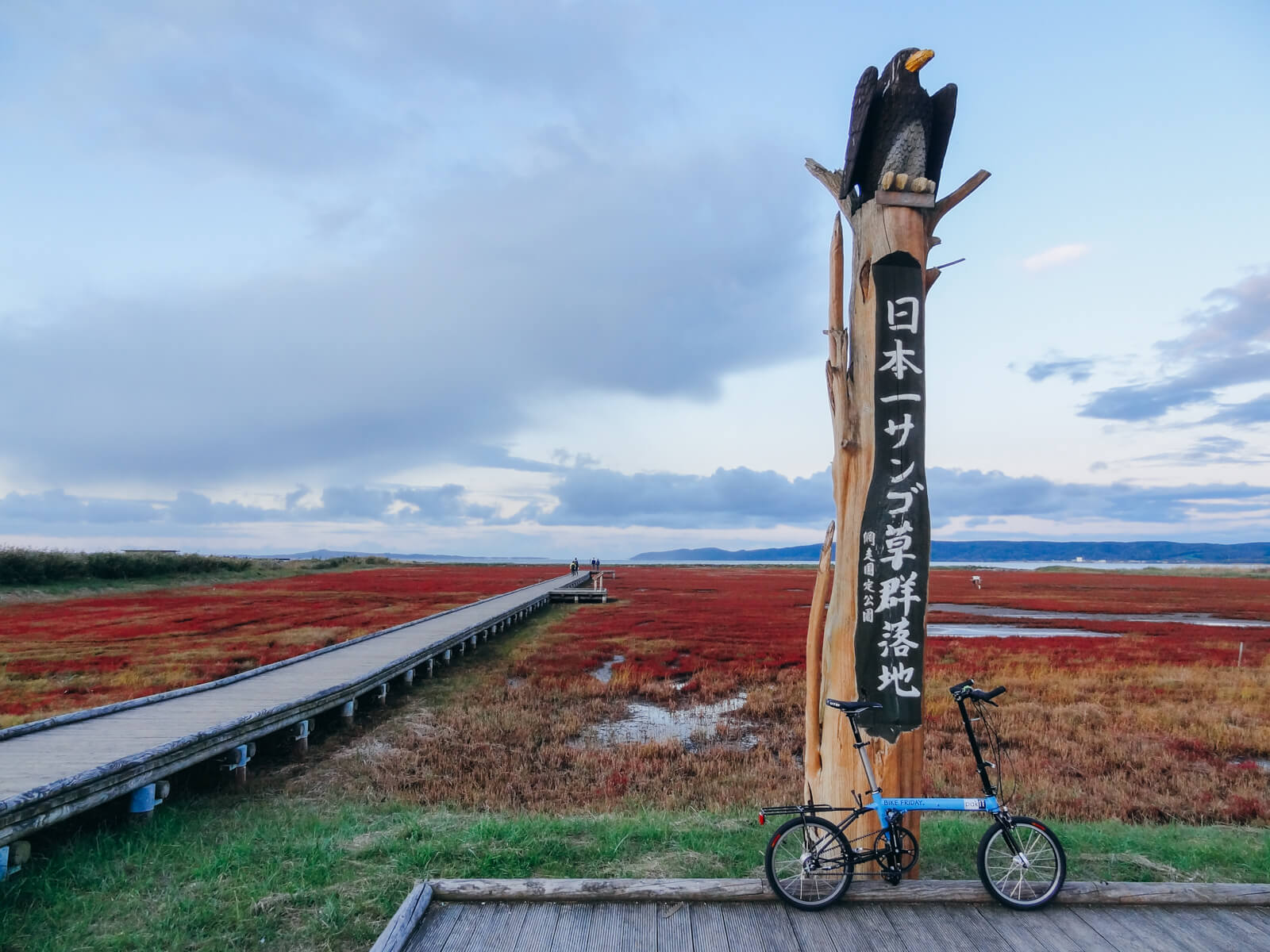
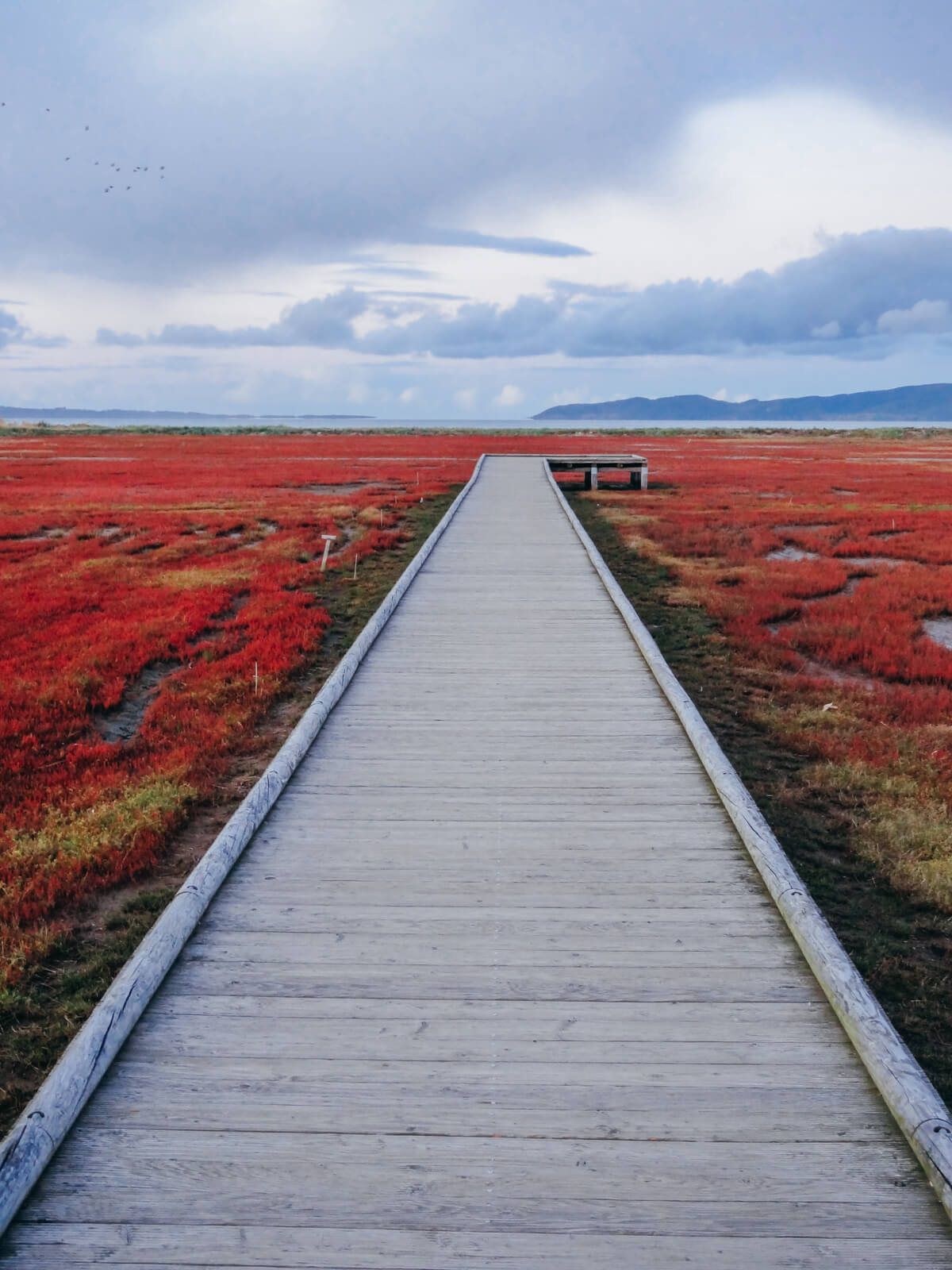


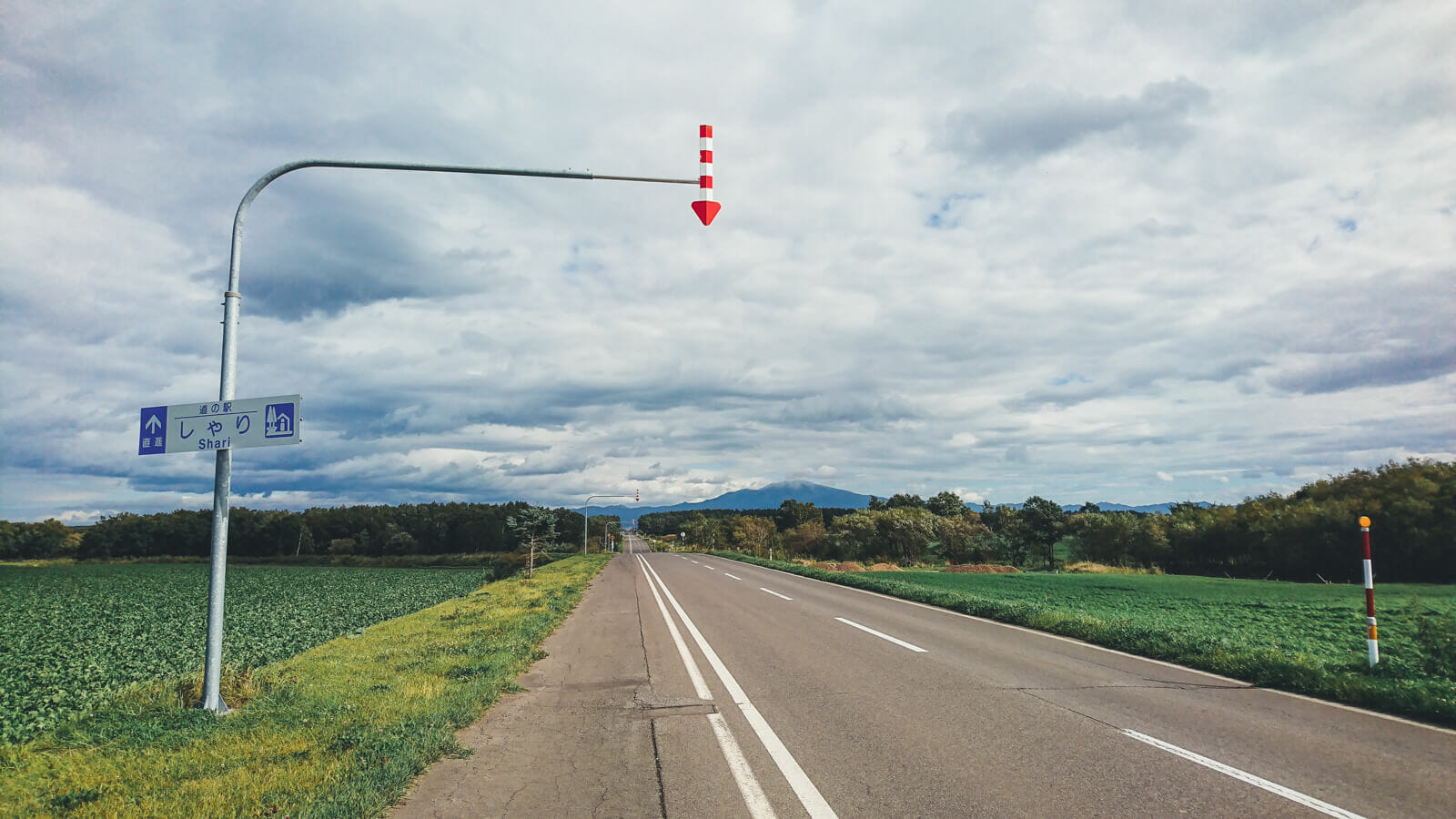
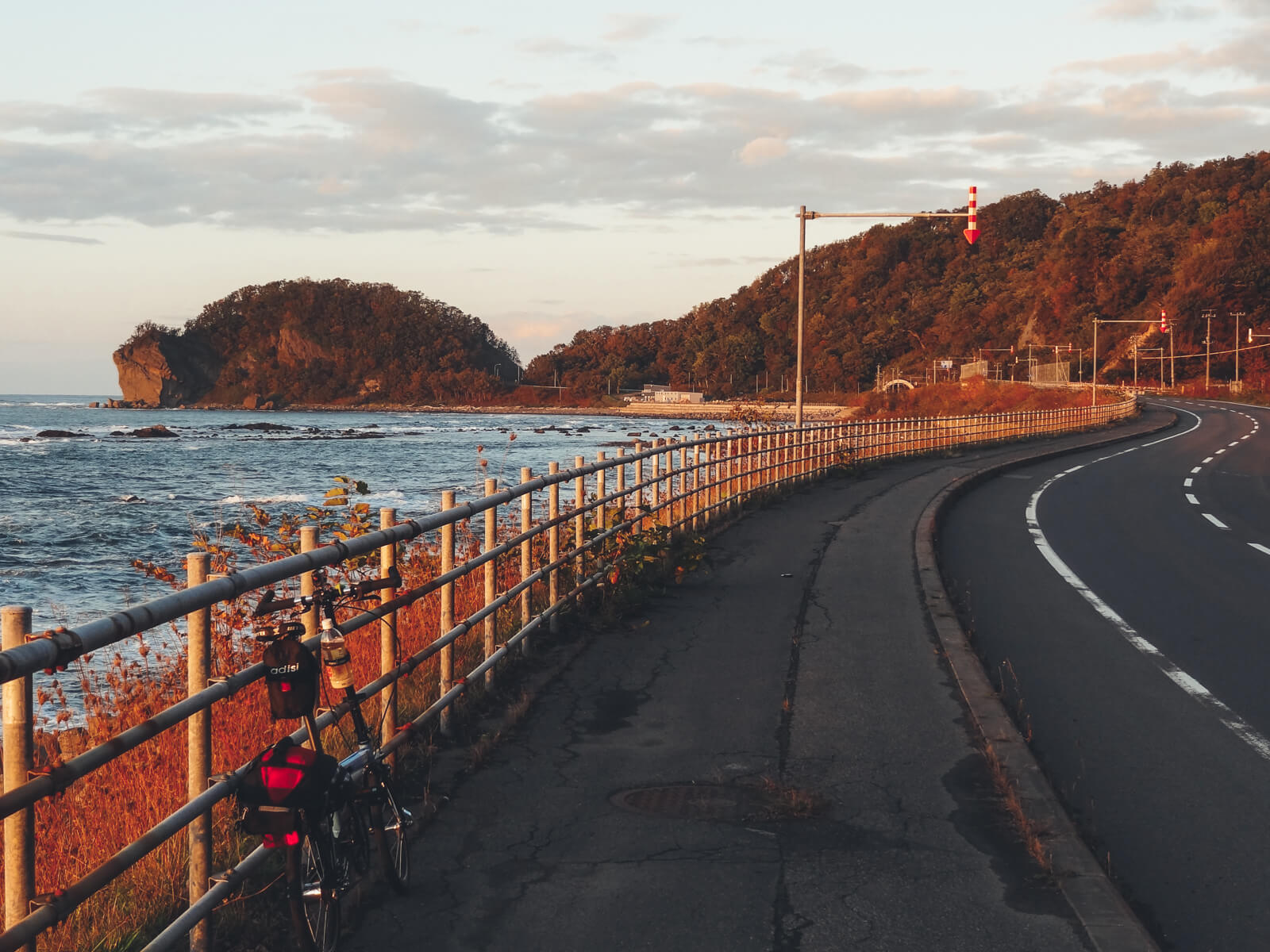
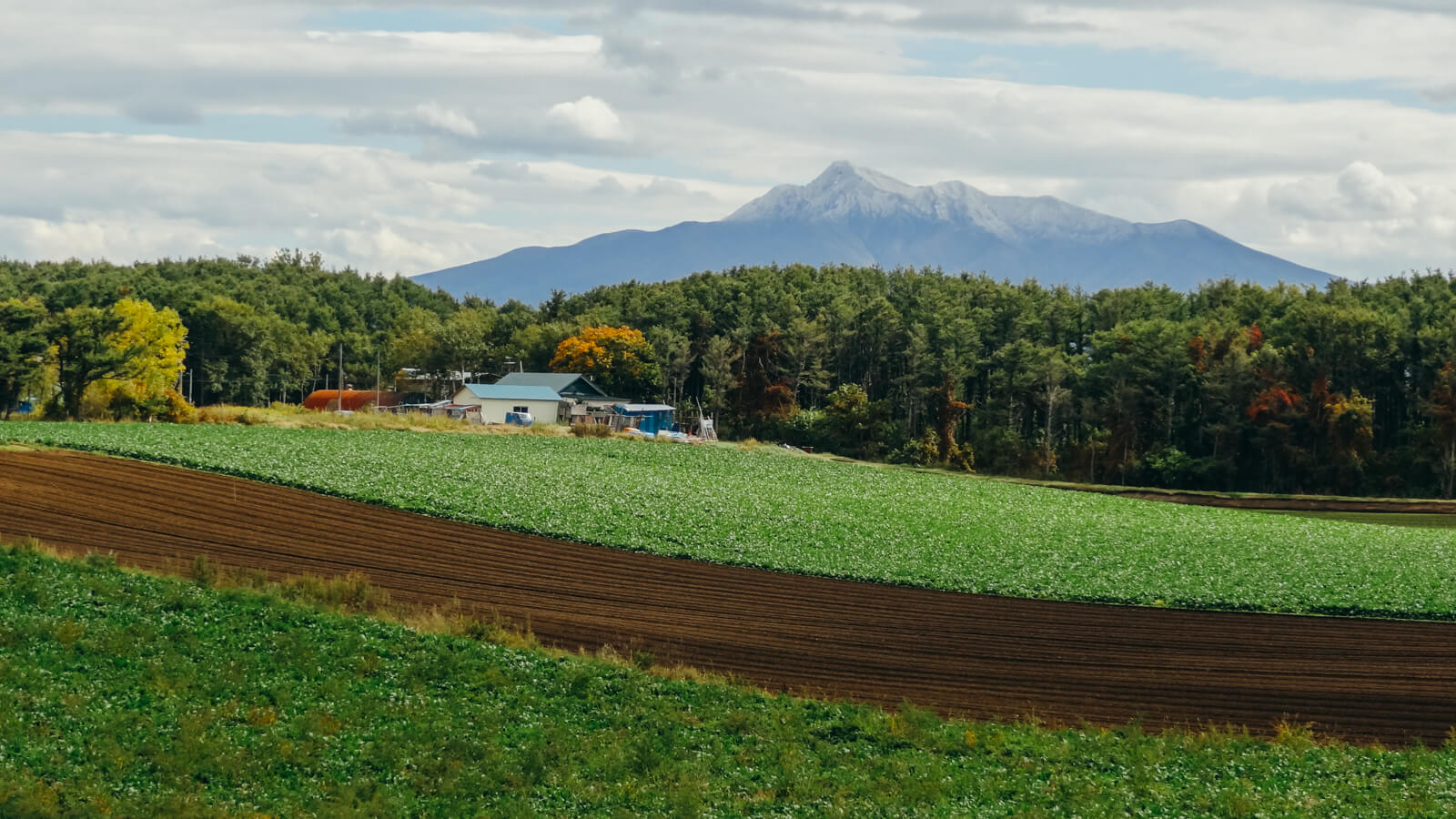

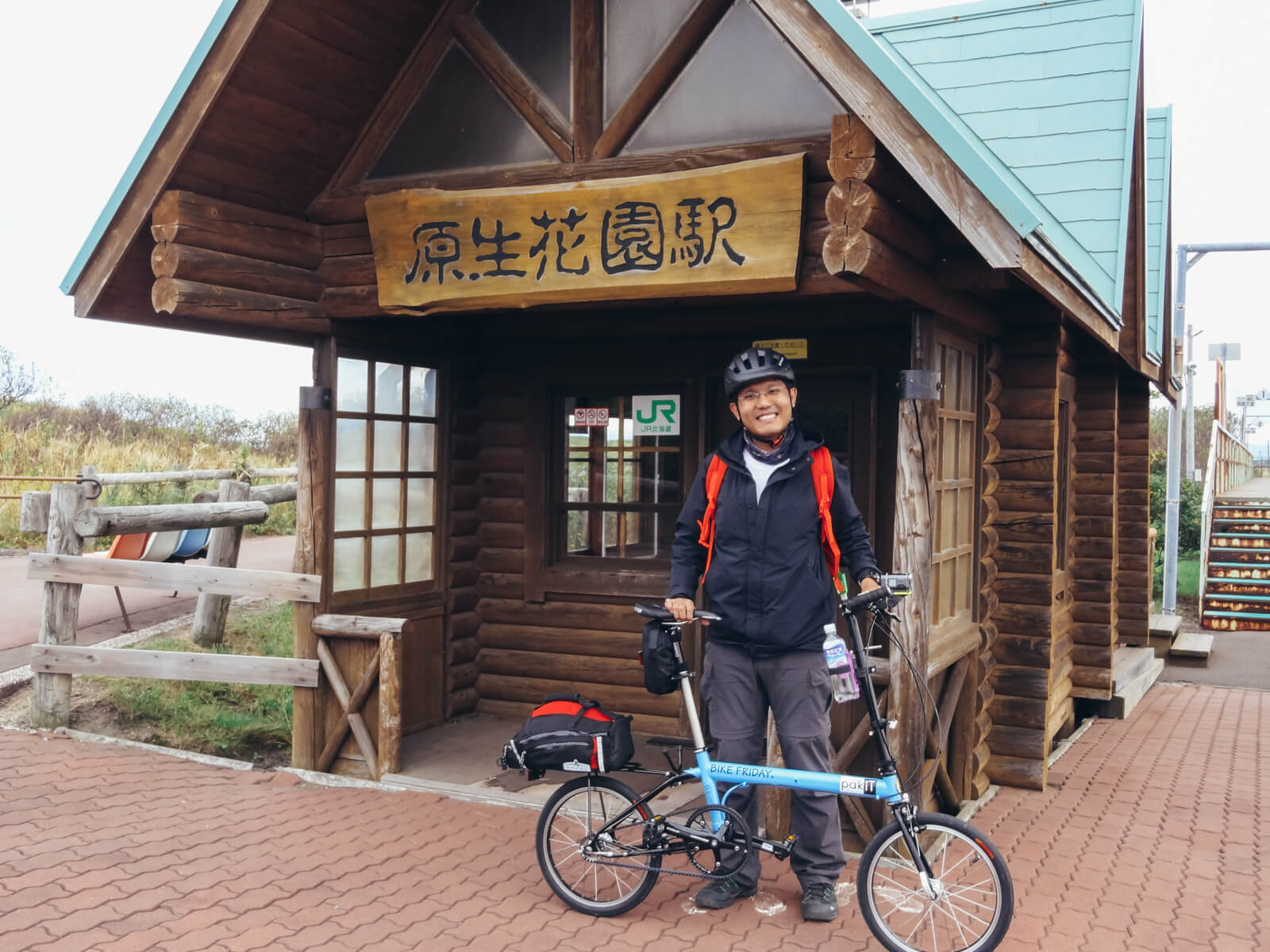
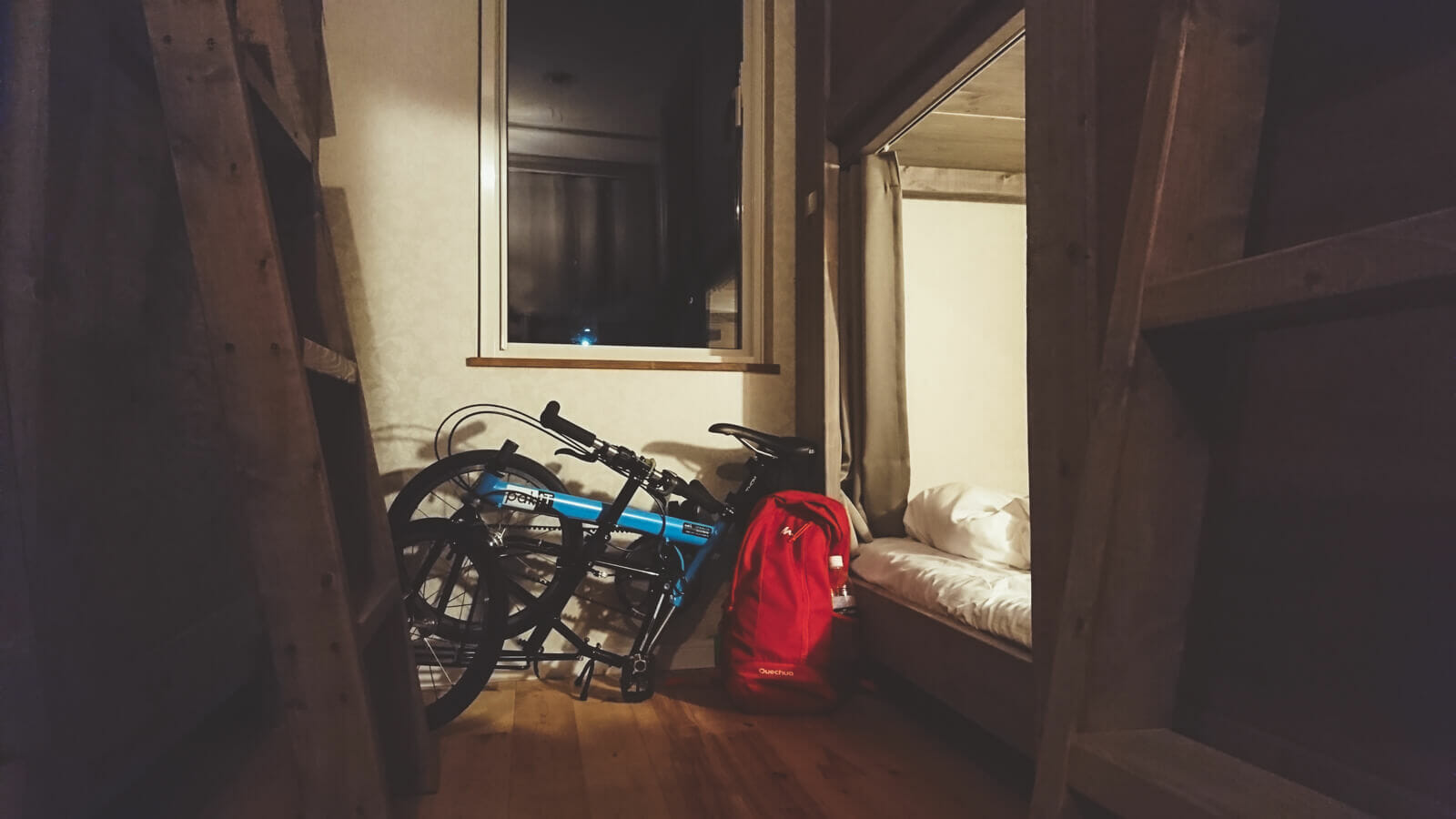

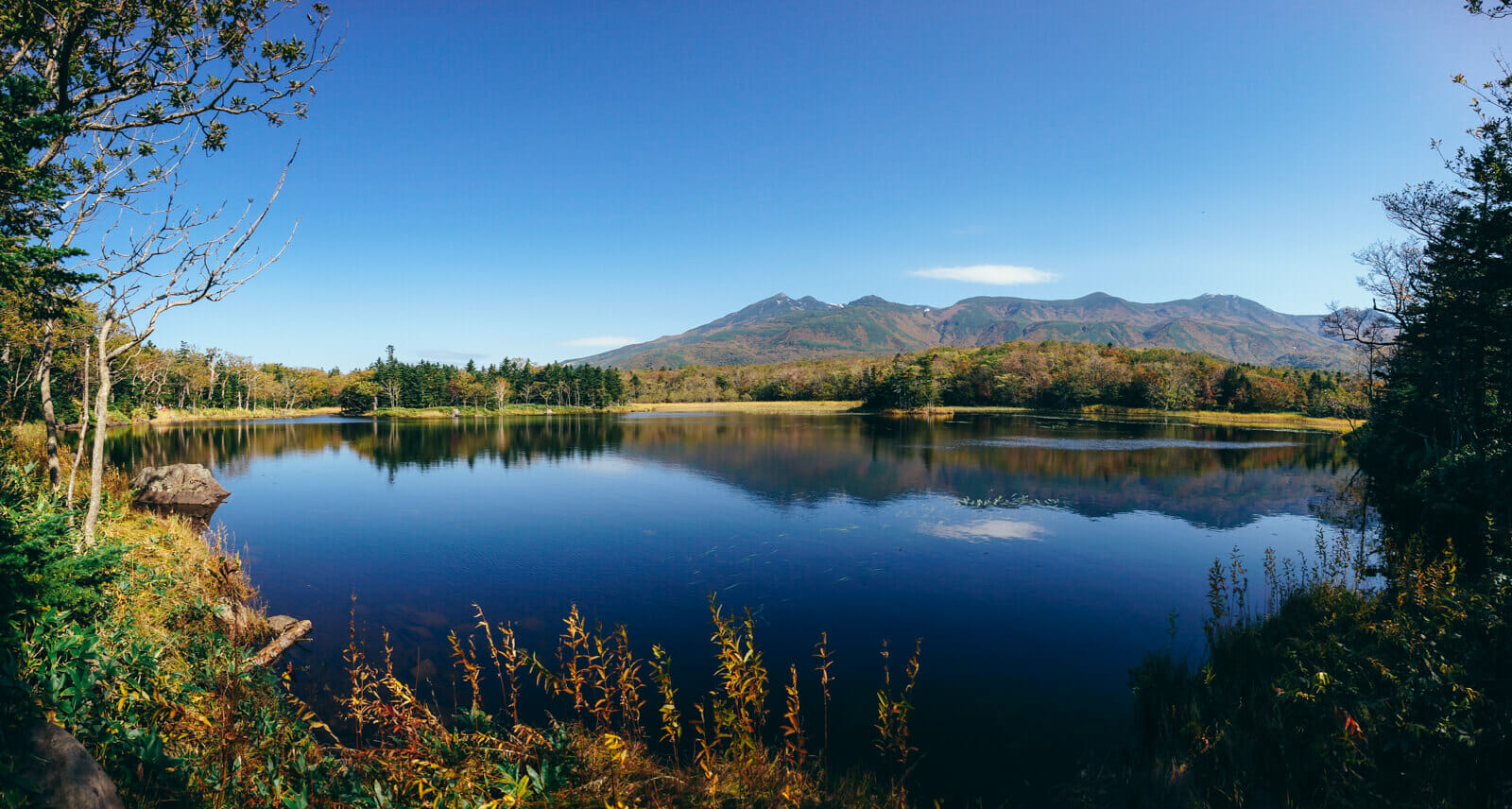

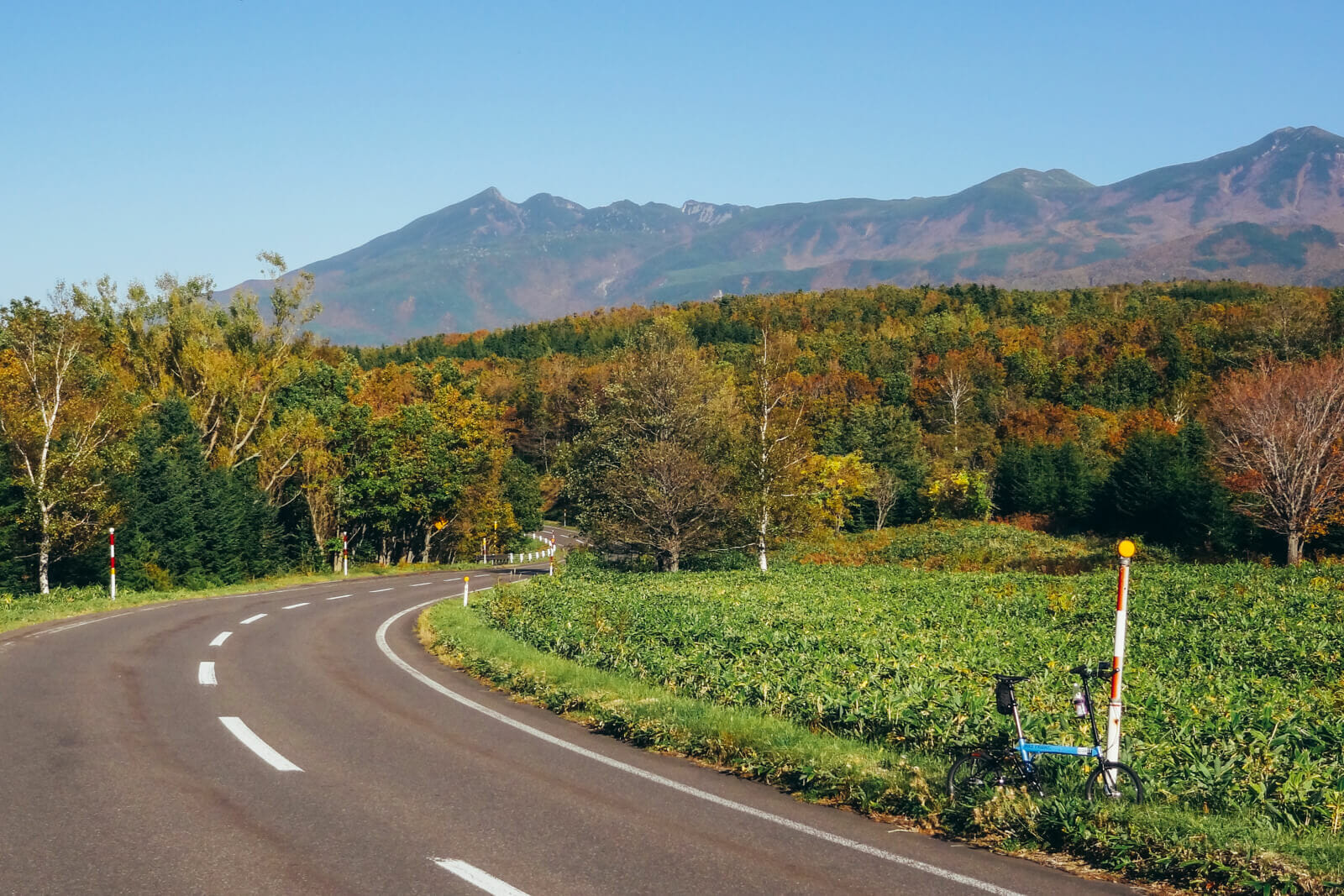
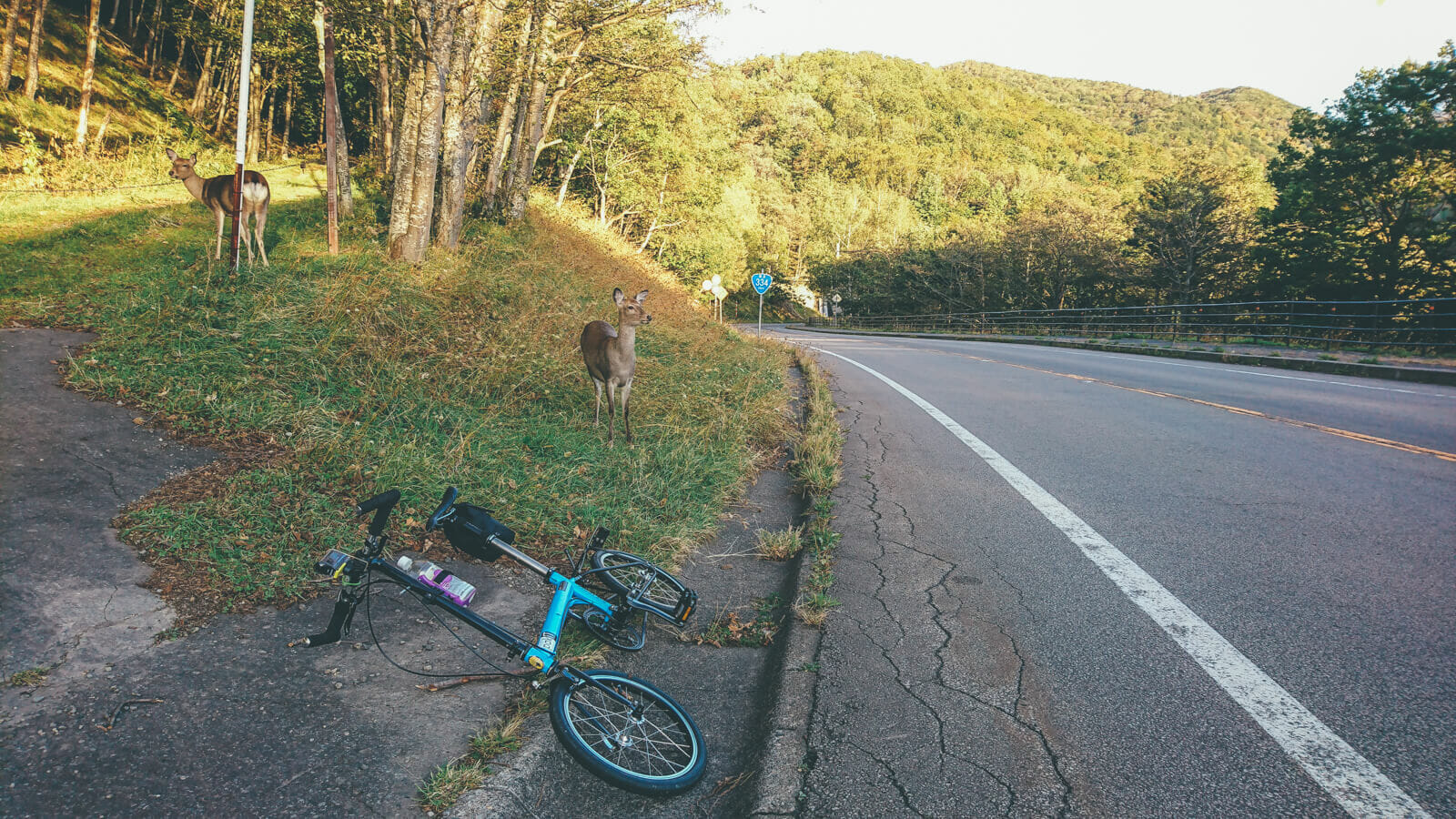
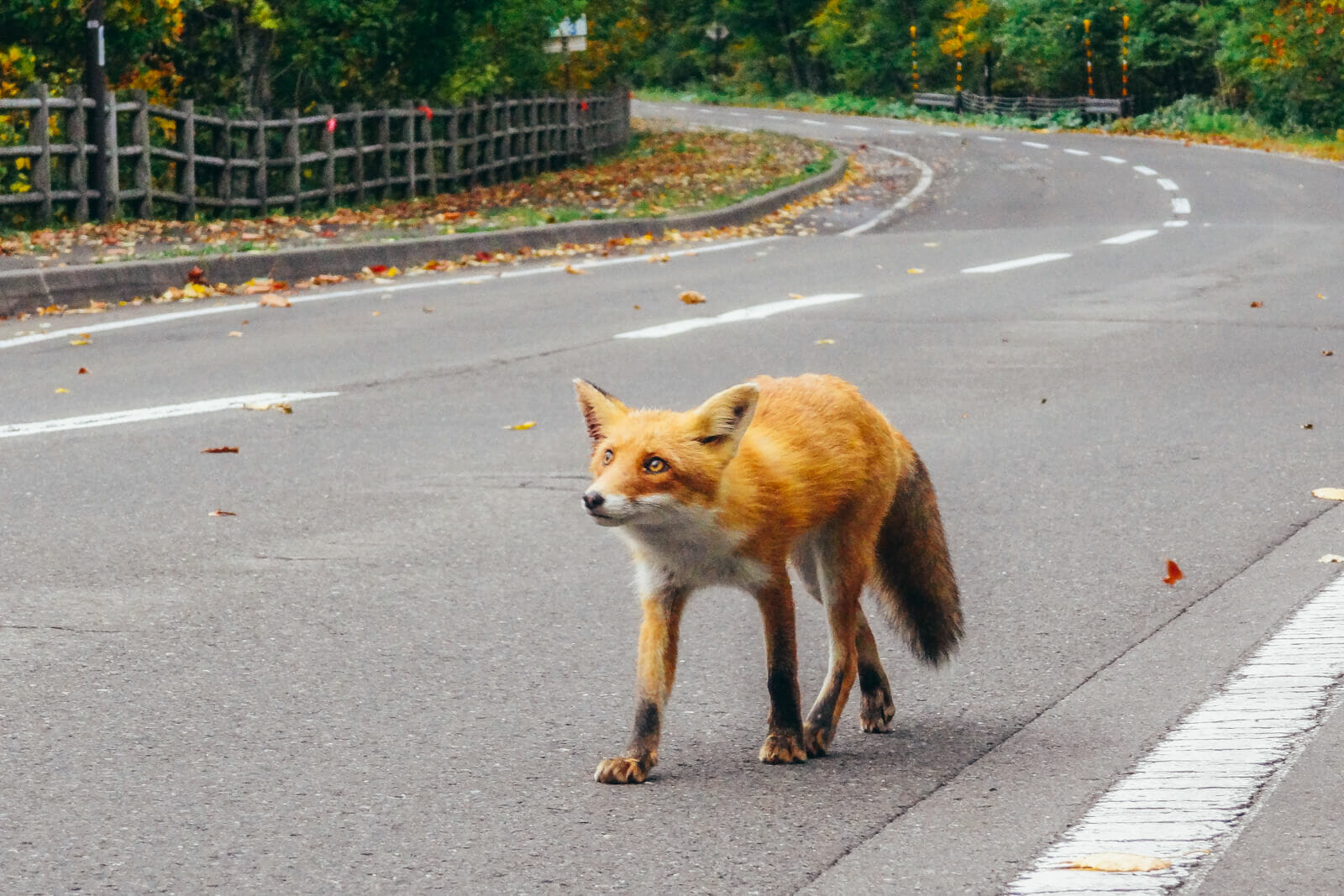

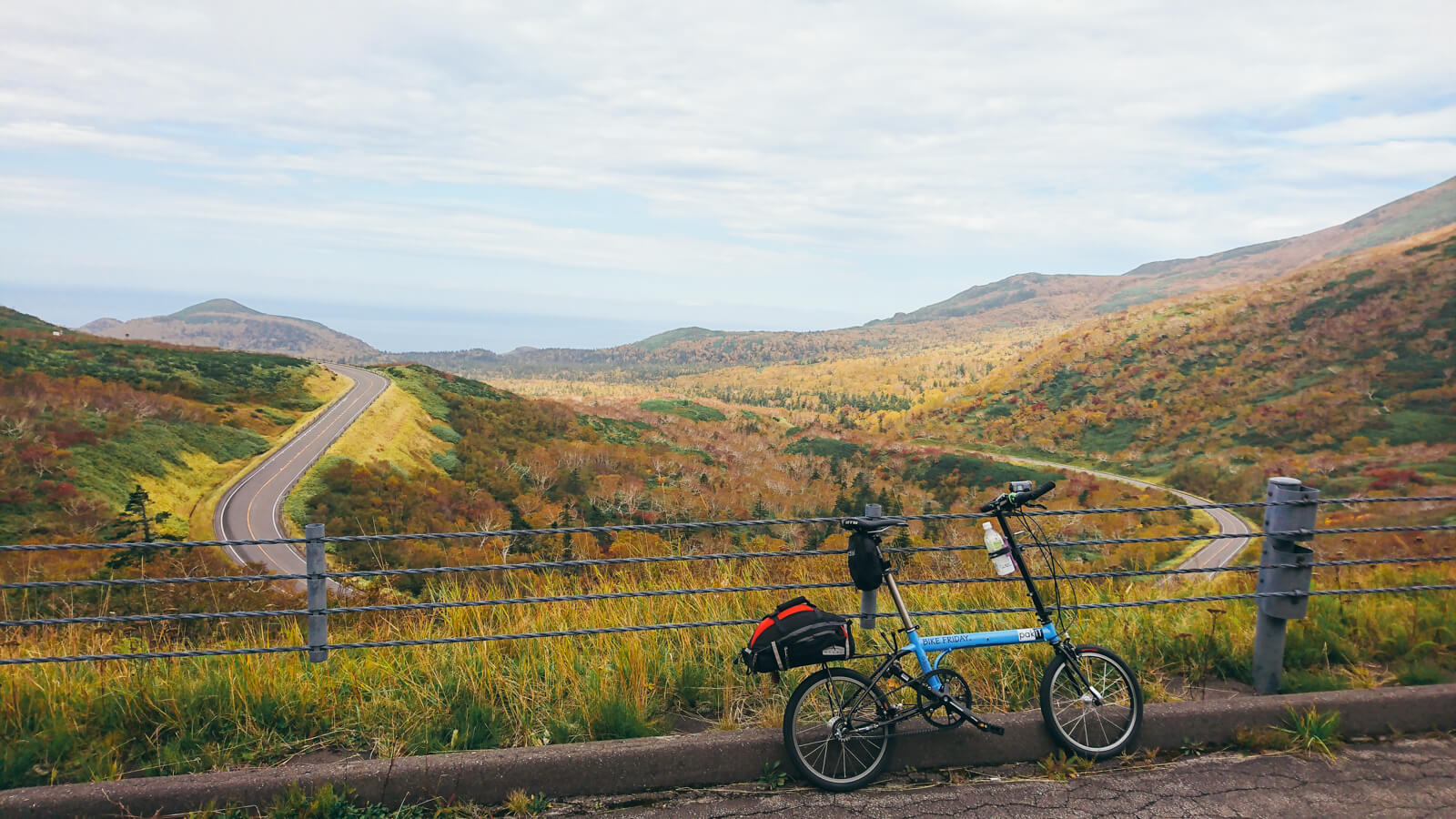

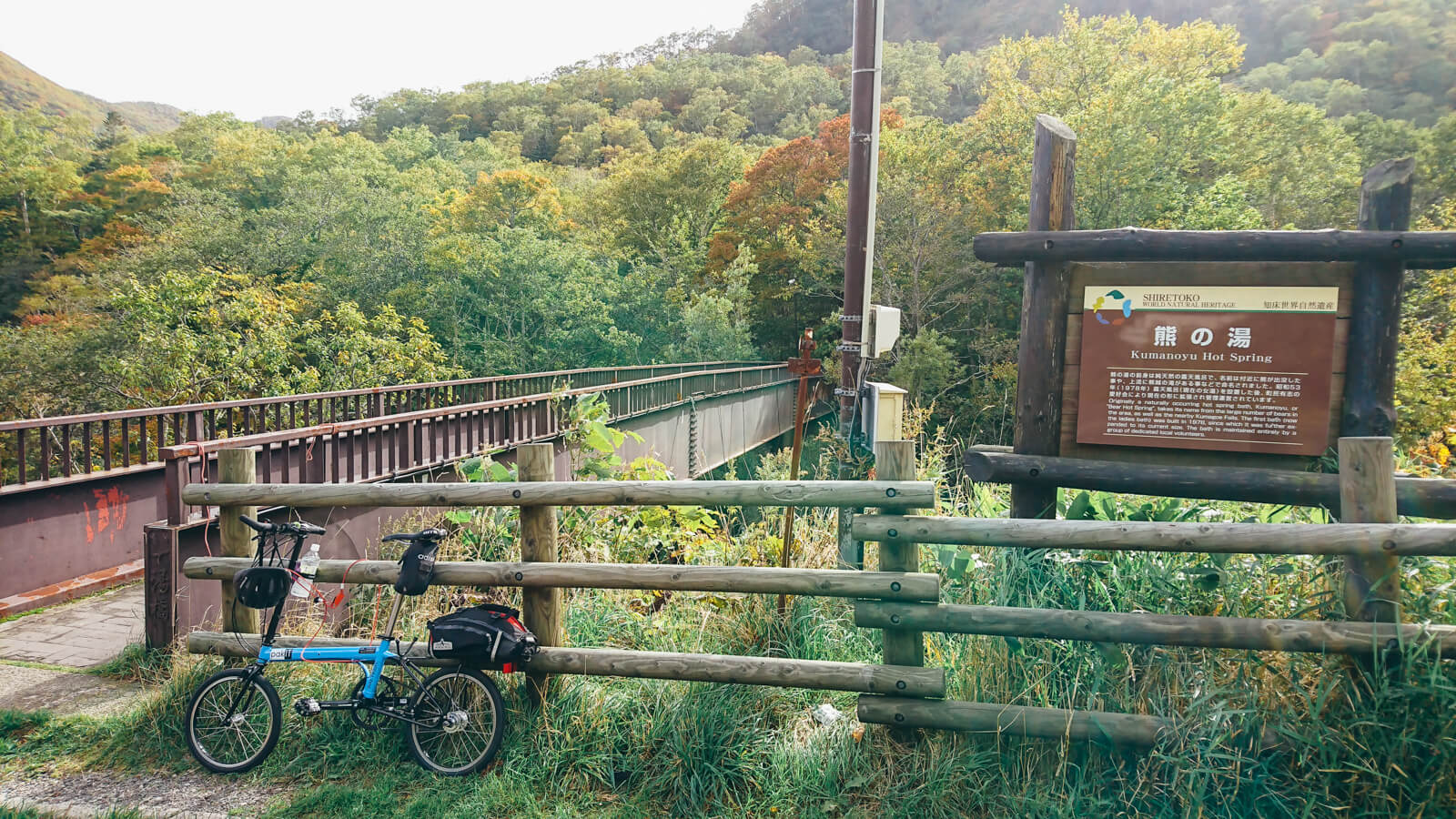
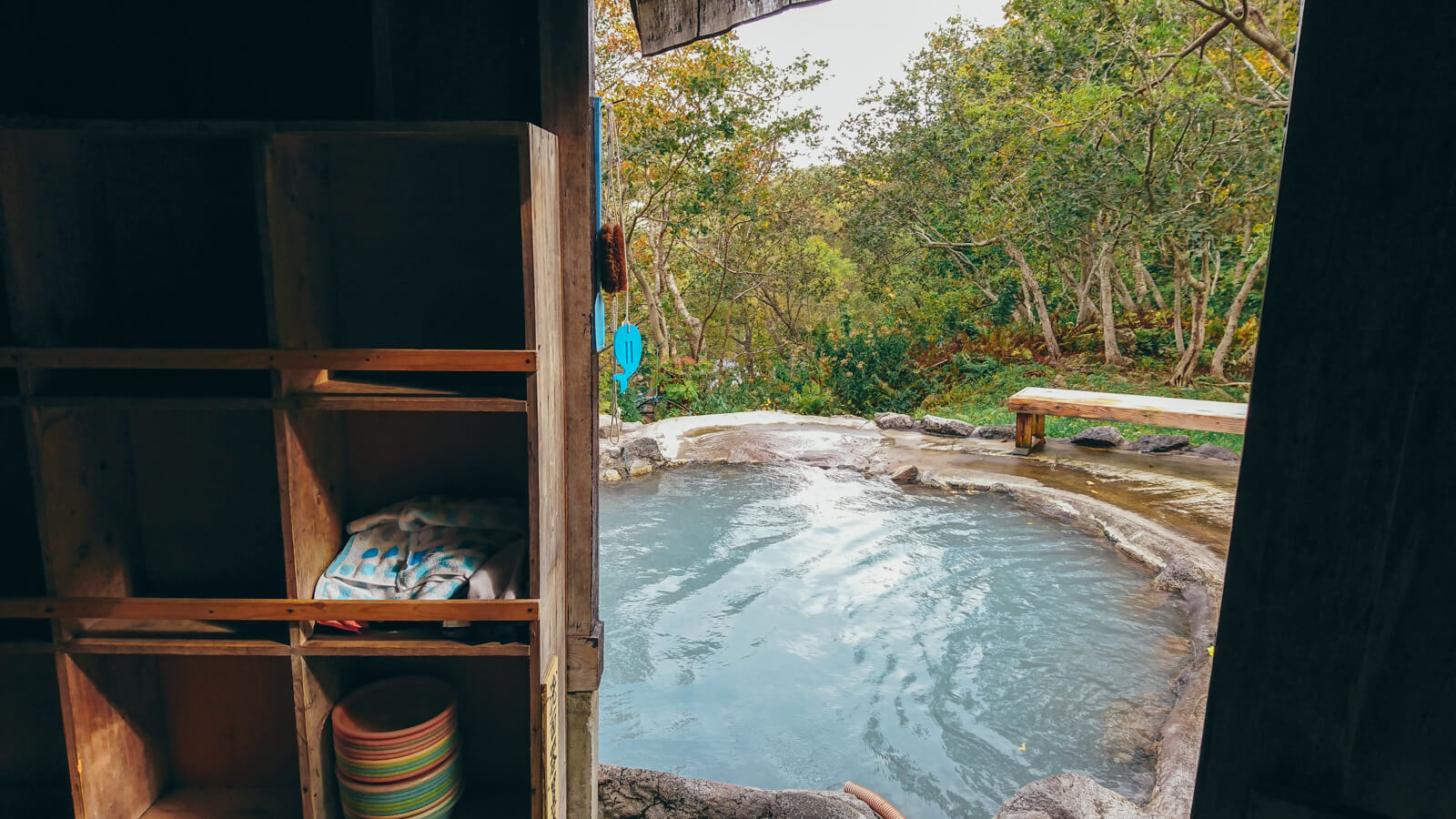

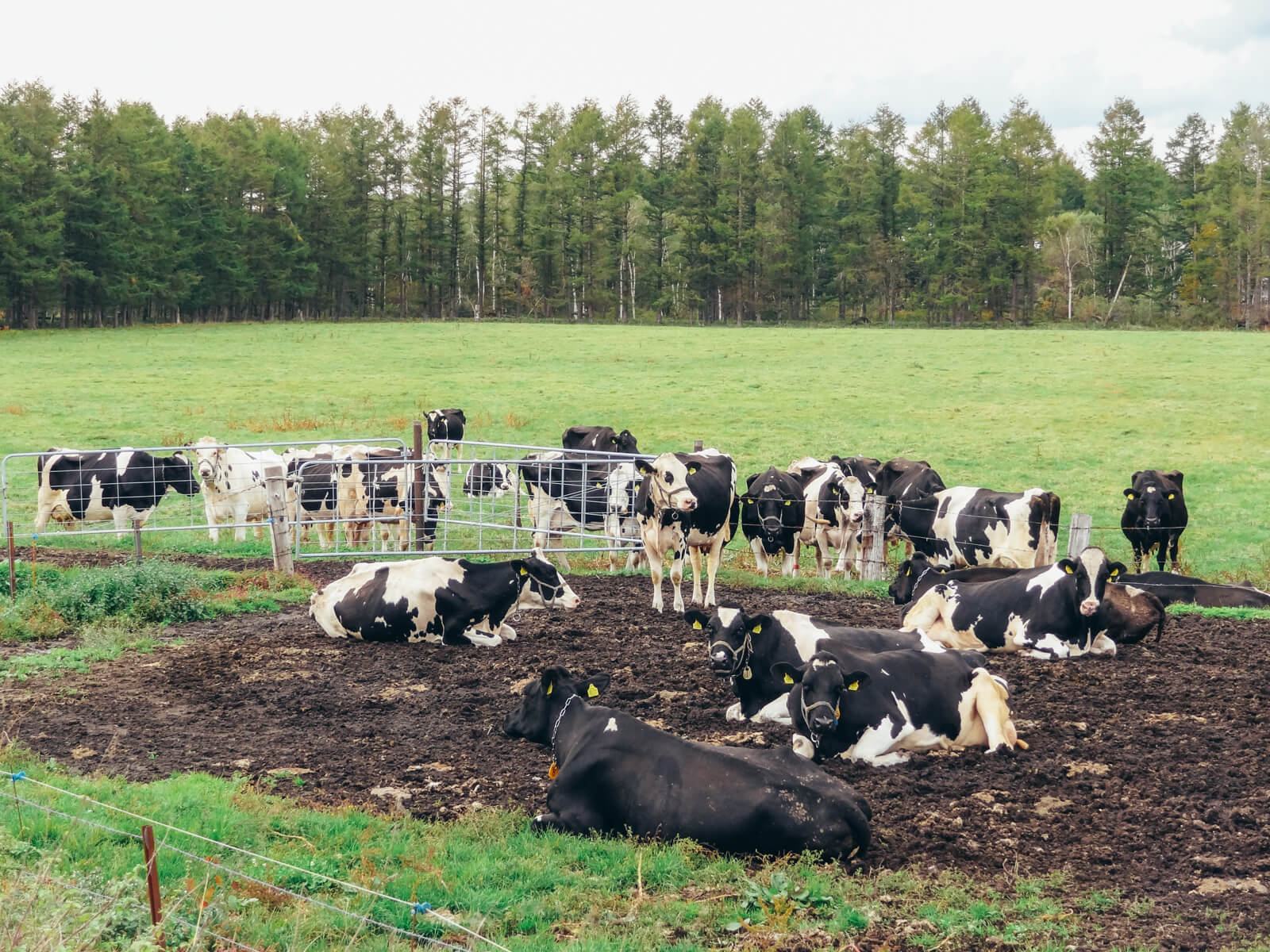
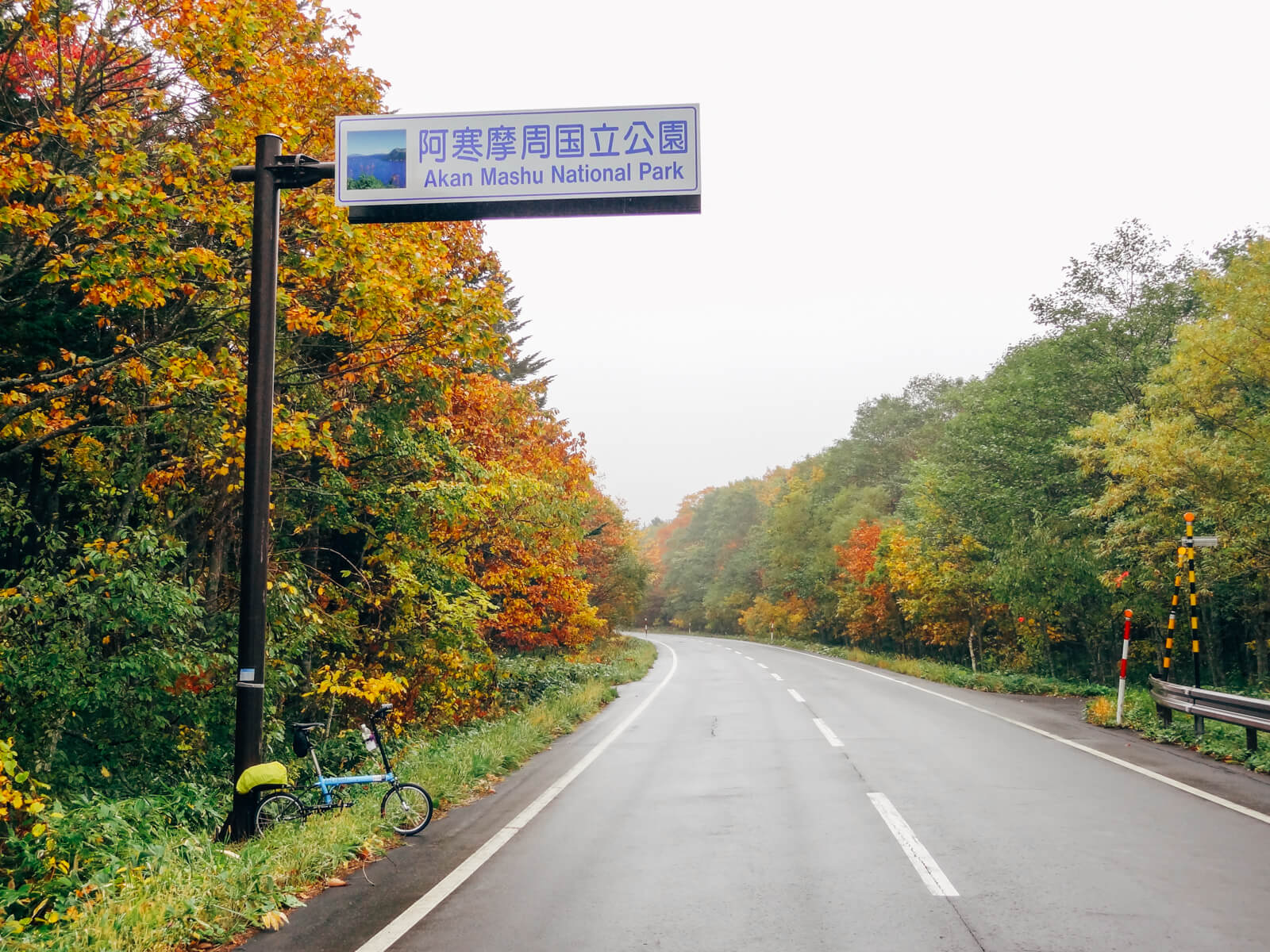
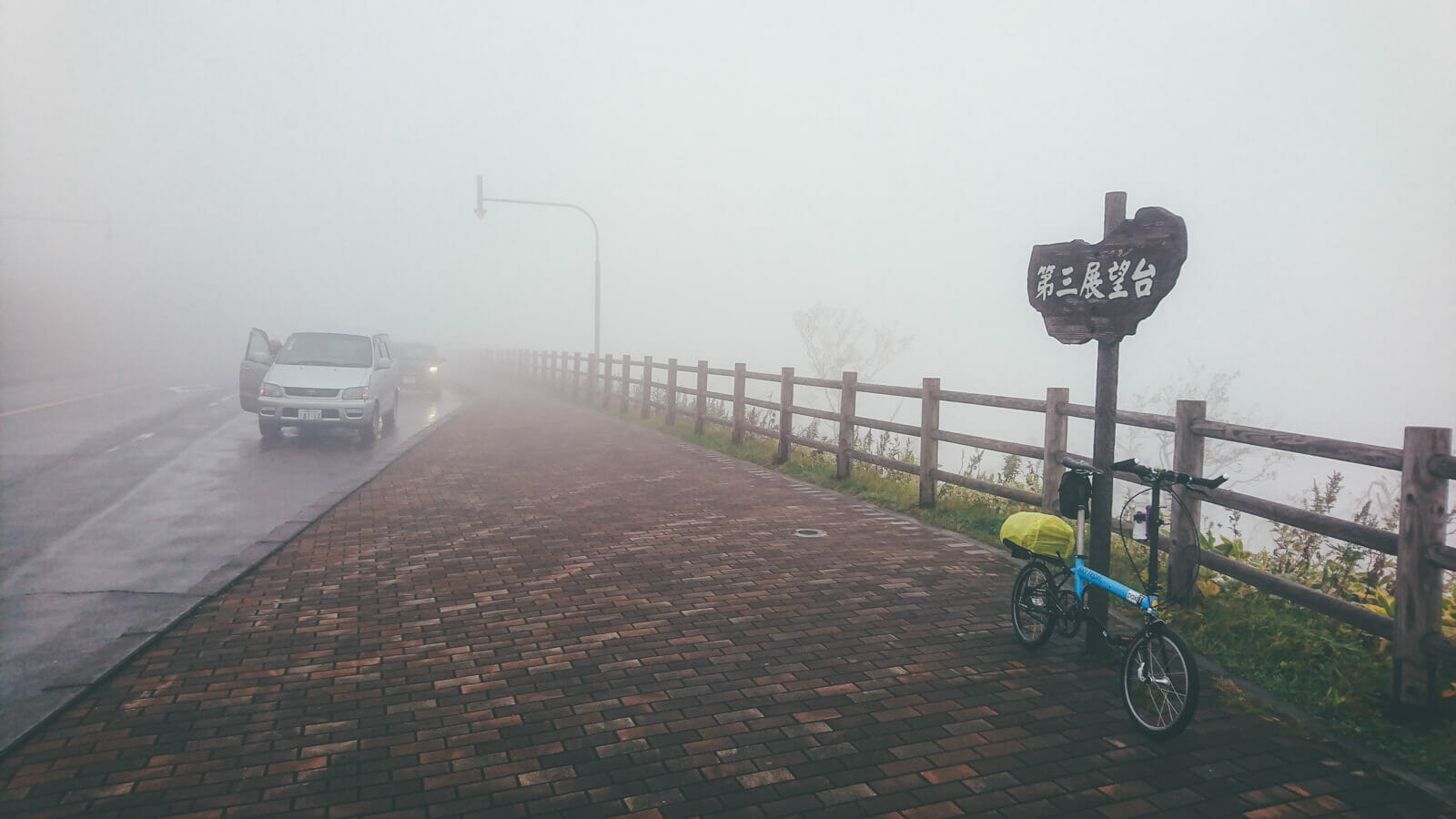
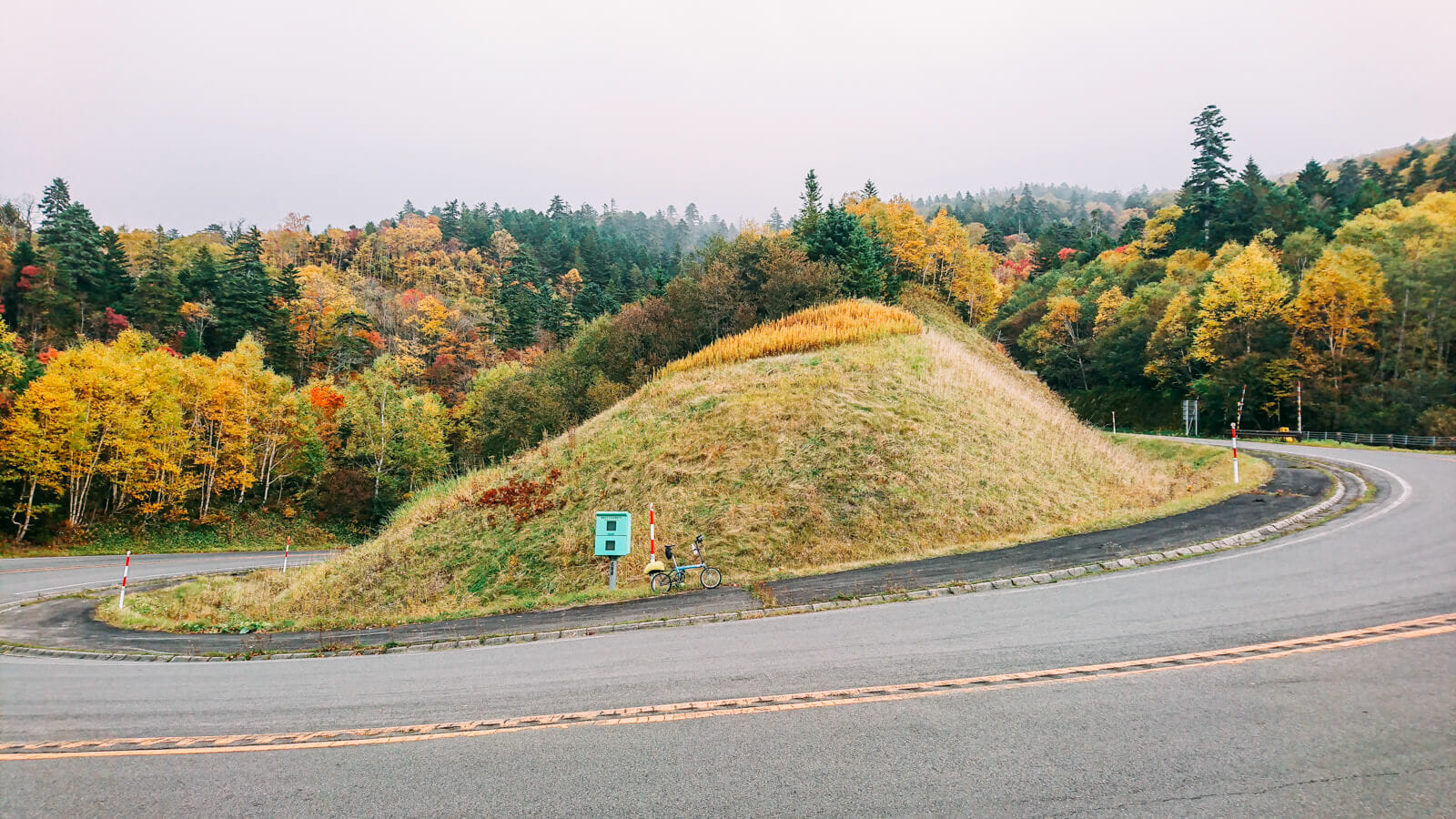
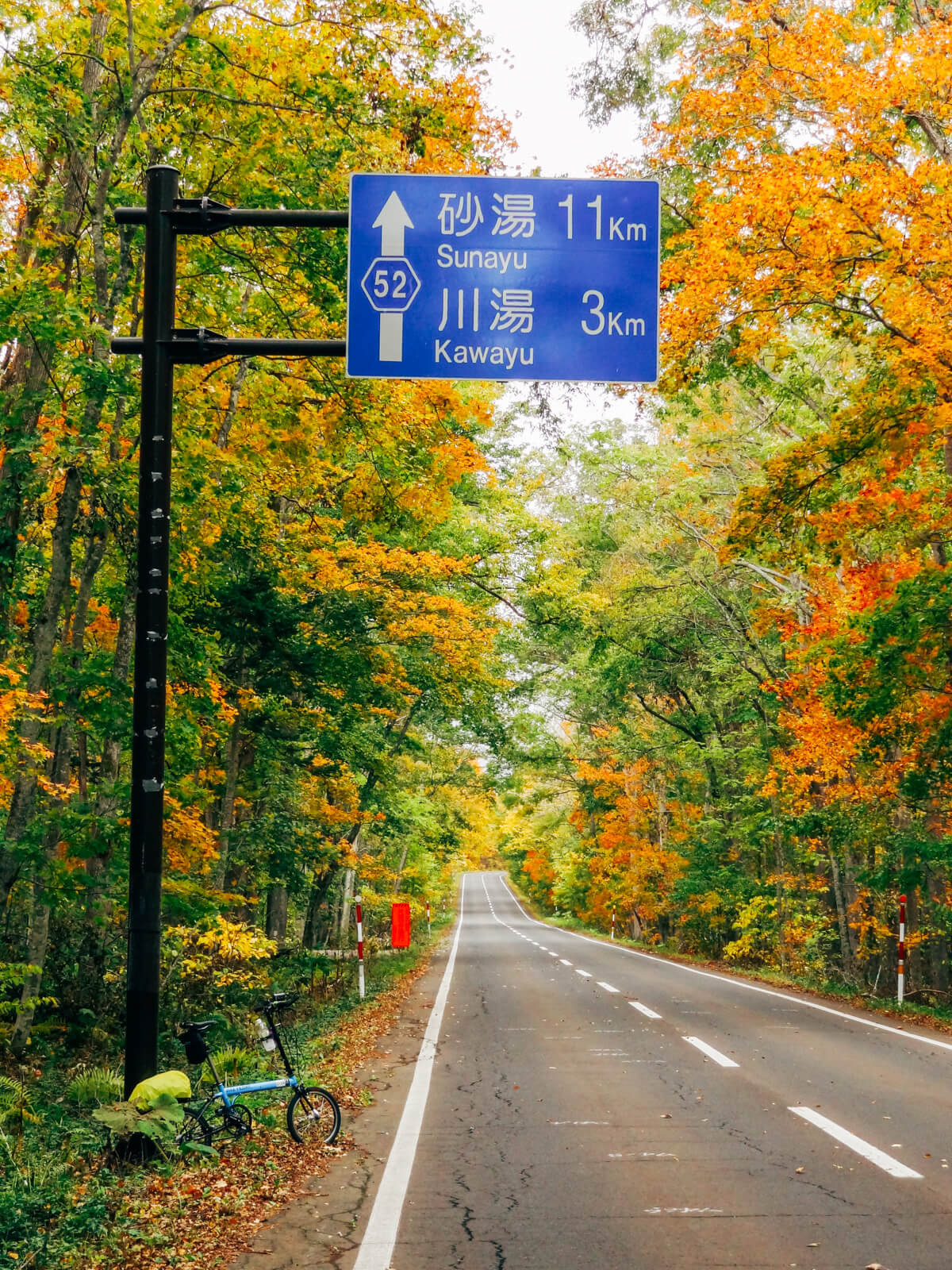
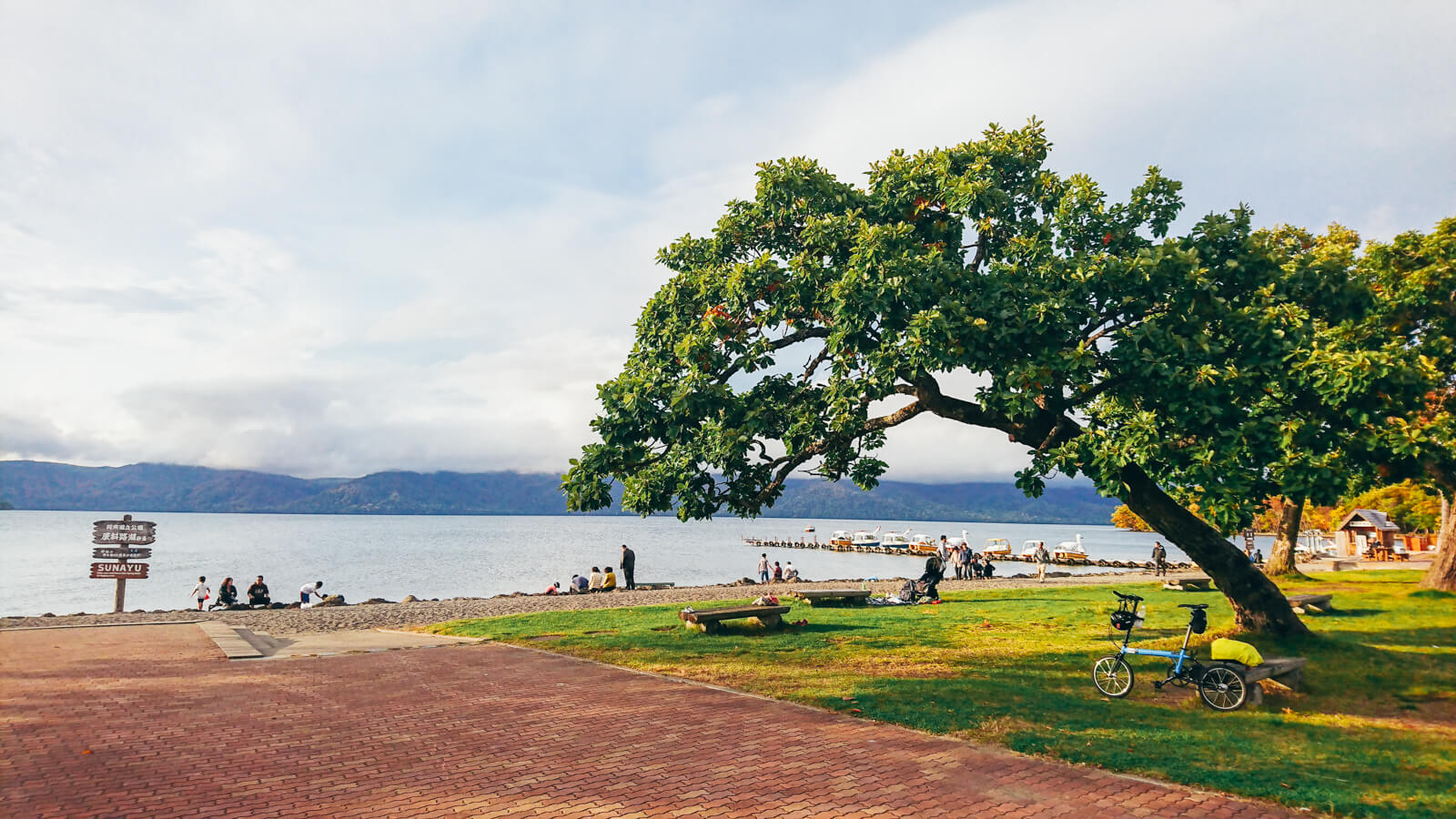

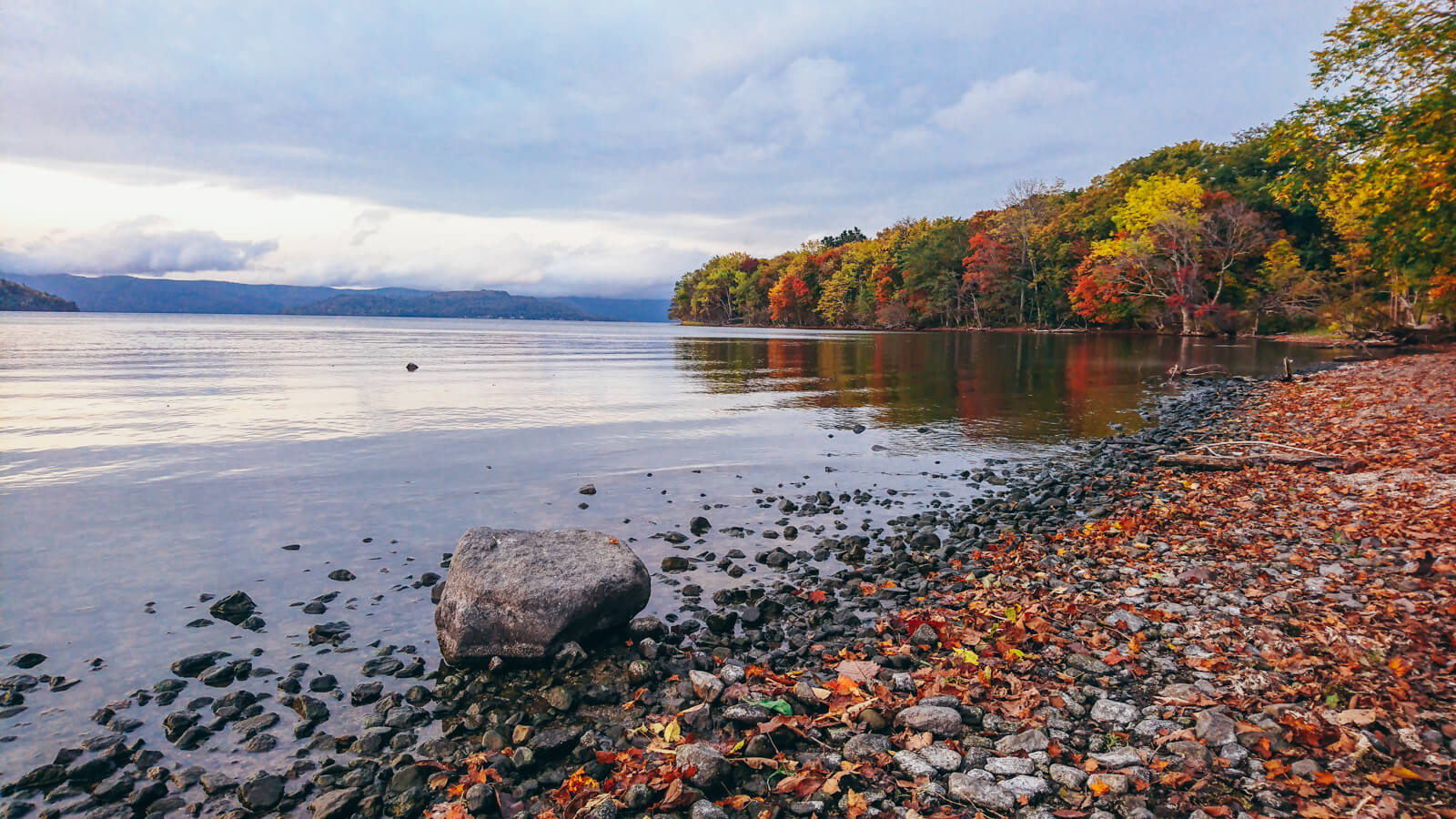

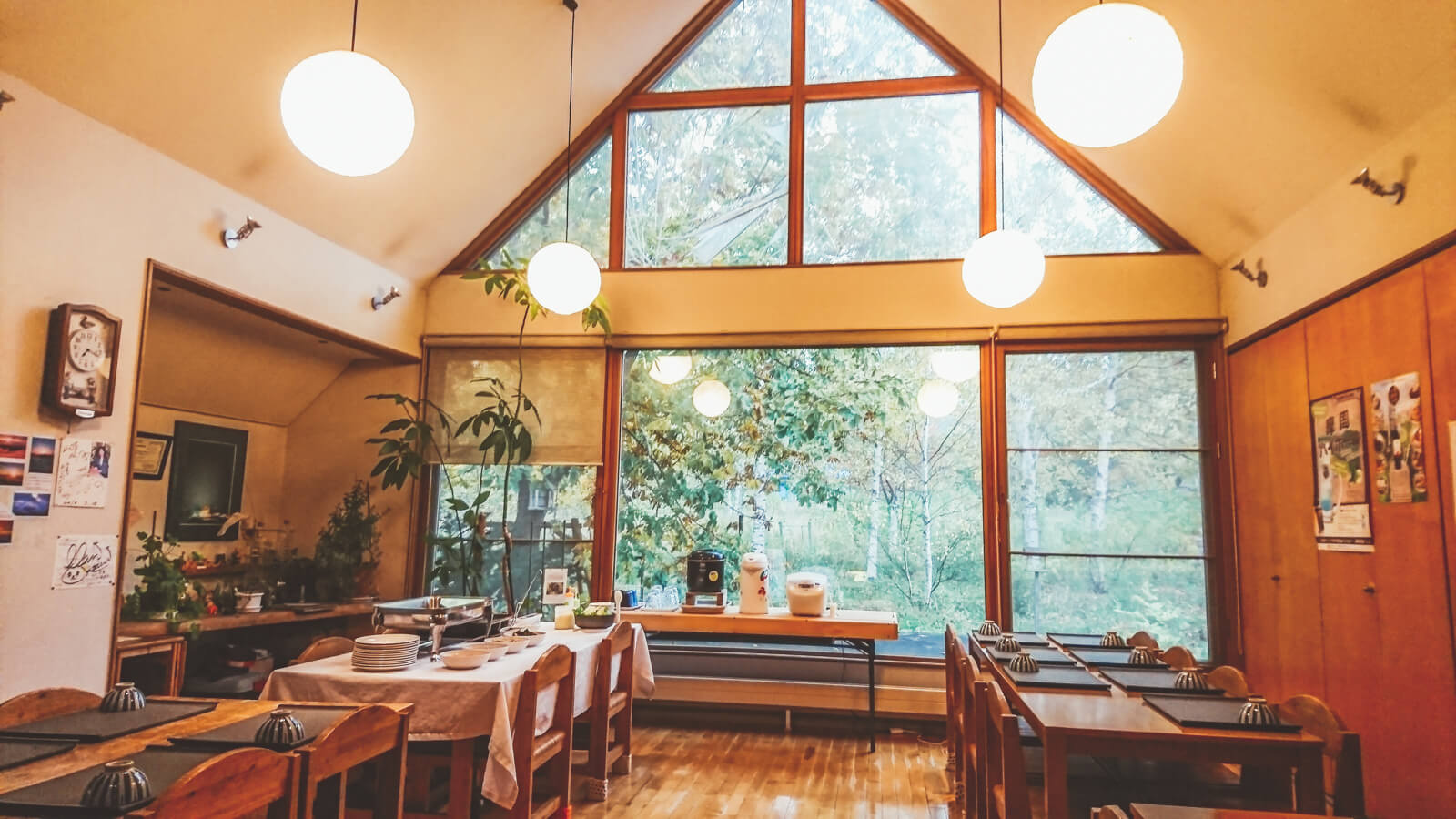
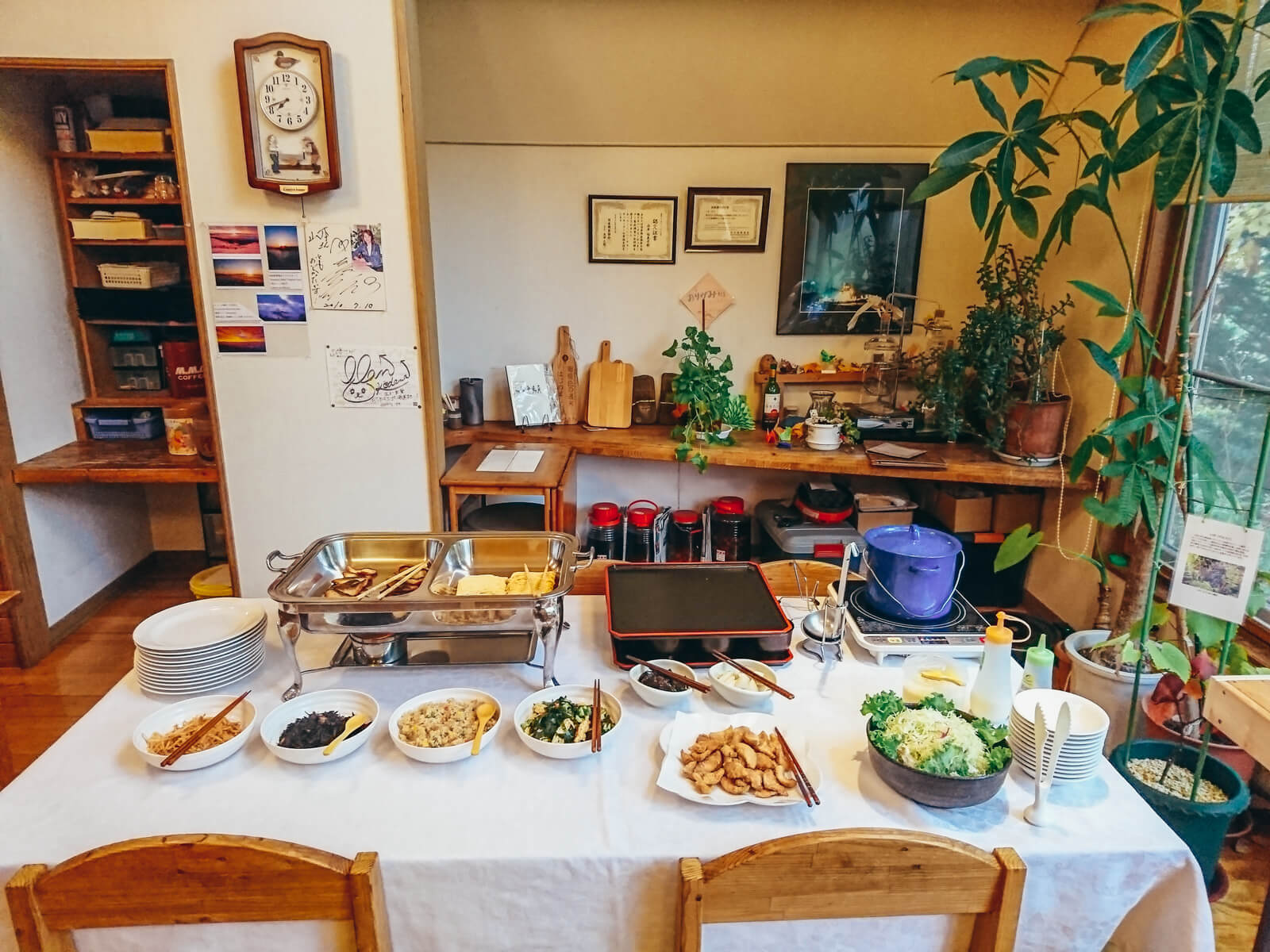
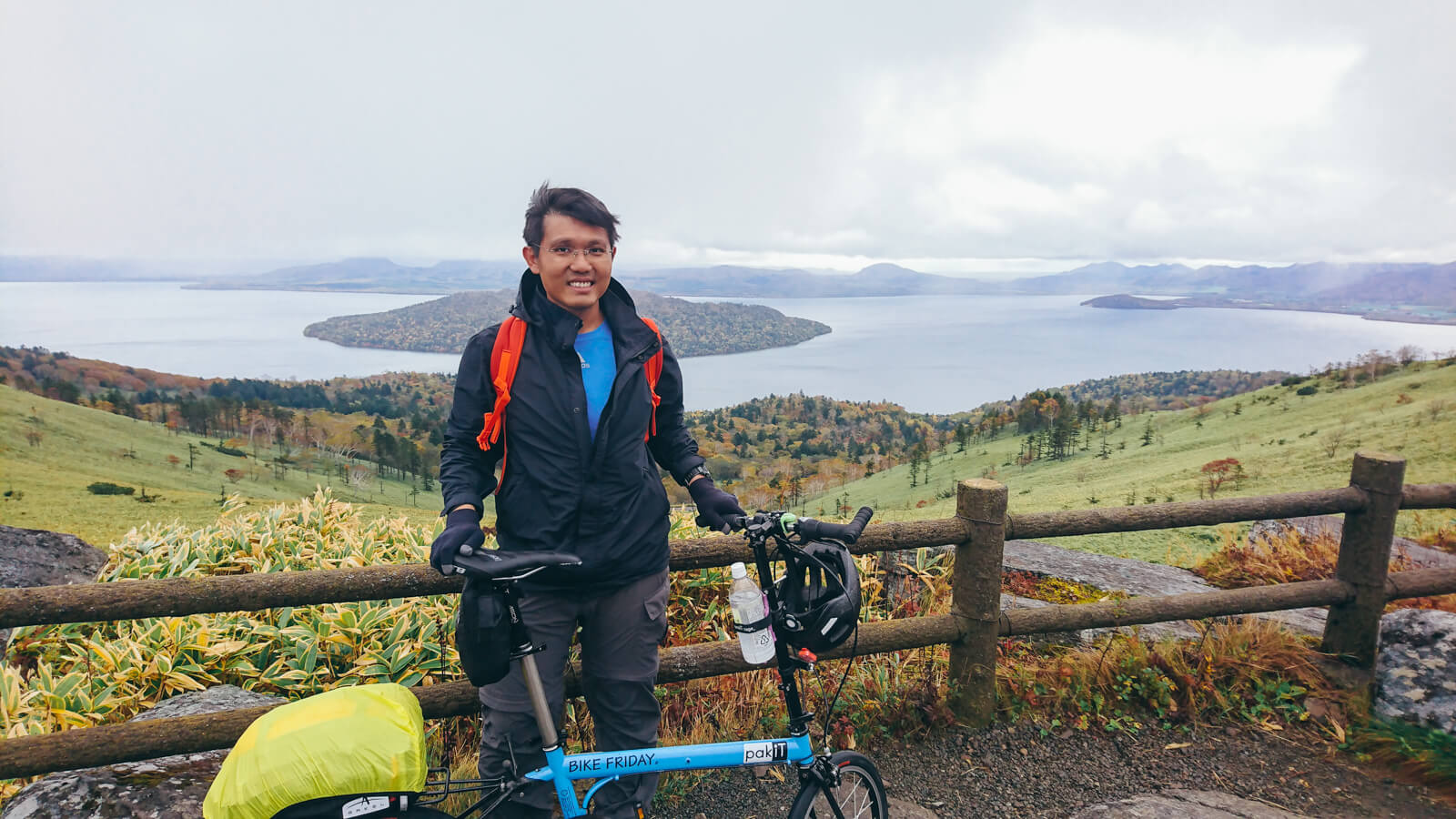

3 Responses
Hey Aaron – nice pics of Hokkaido. Glad you enjoyed Japan. I am riding my 27 speed Air Llama down here in Shizuoka-ken, Atami-shi; and coincidentally, am departing for Akita in two days to do some mountain riding. Quick question – how’s the pakiT do on the steep roads you encountered in Hokkaido (a place I spend a lot of time). Thanks, Michael
Hey hi Michael. Because of the setup using a sturmey archer 3speed hub and gates drive train, it’s a setup that is not road bike fast, but I was able to climb with ease in shiretoko. Looking back at this trip, I think the climbs in shiretoko is doable and the way the roads are designed ain’t overly steep.
Dear Aaron Lin:
Thank you for sharing your Pakit vacation in Hokkaido. It was beautiful!
I have a Pakit.